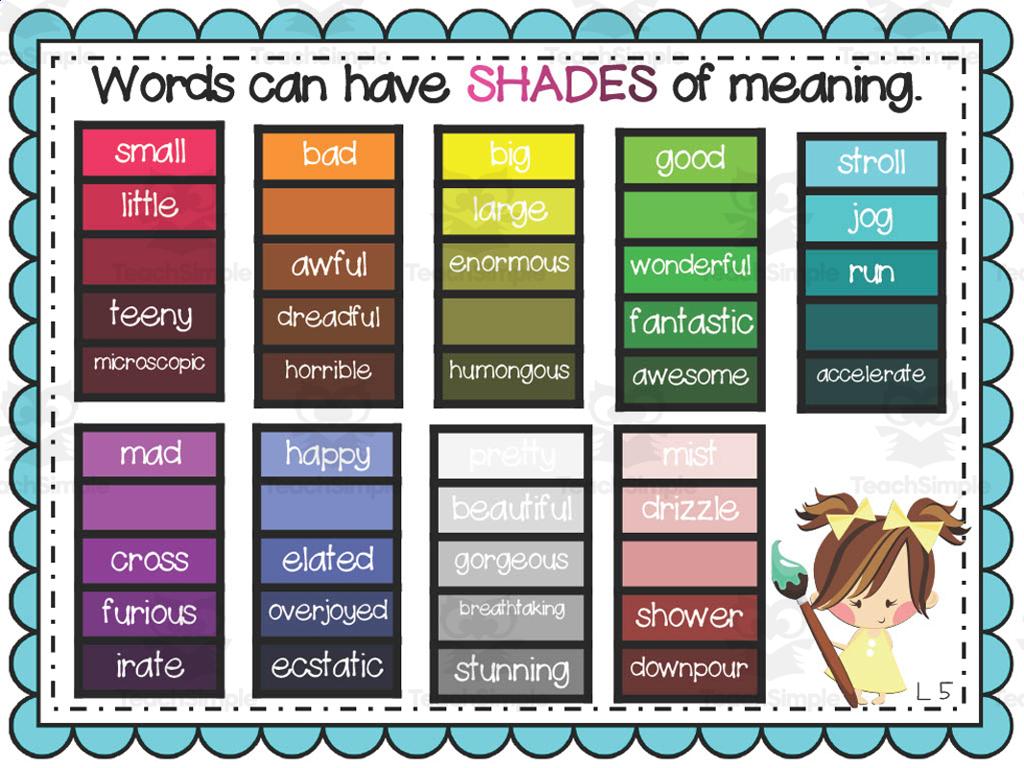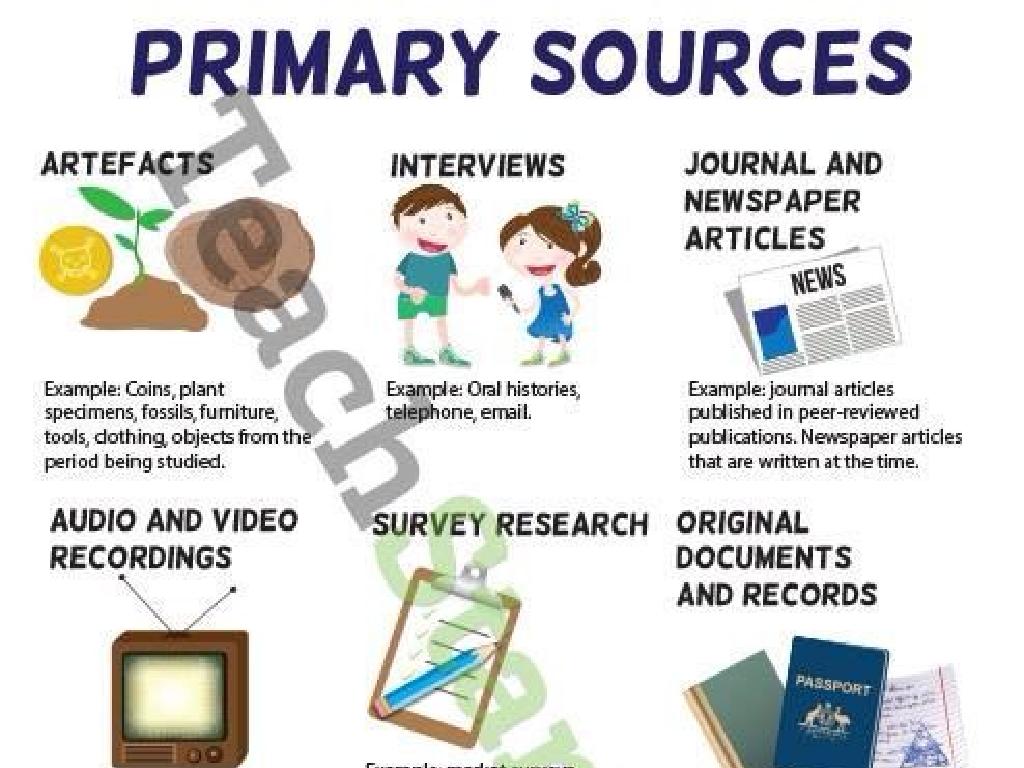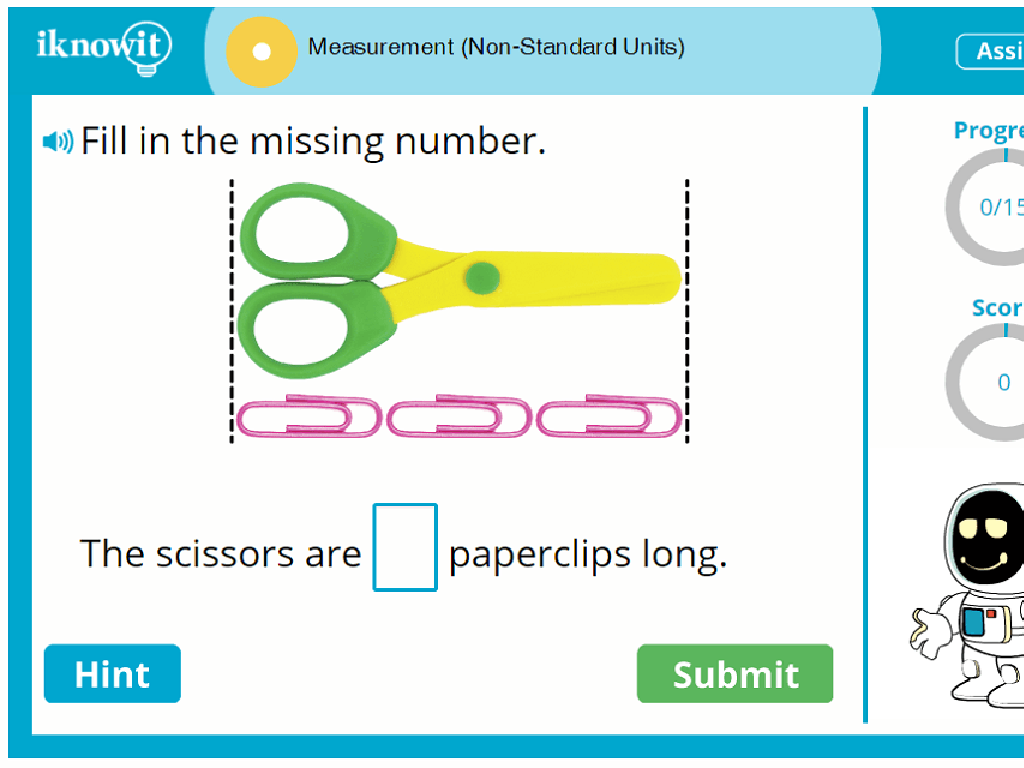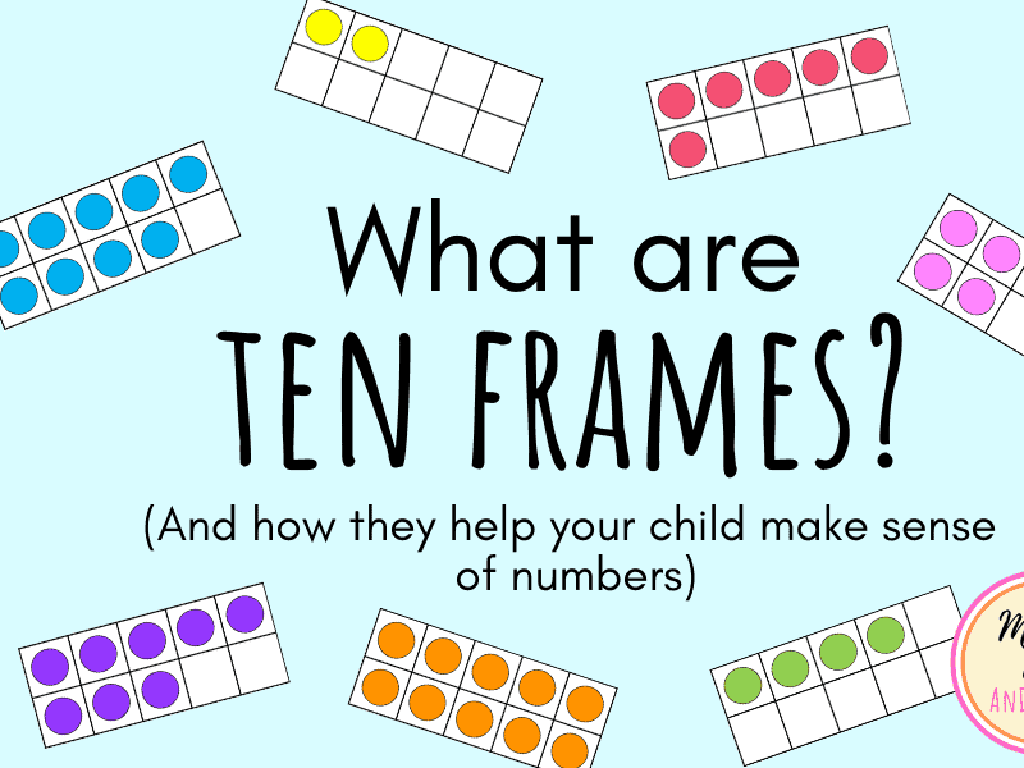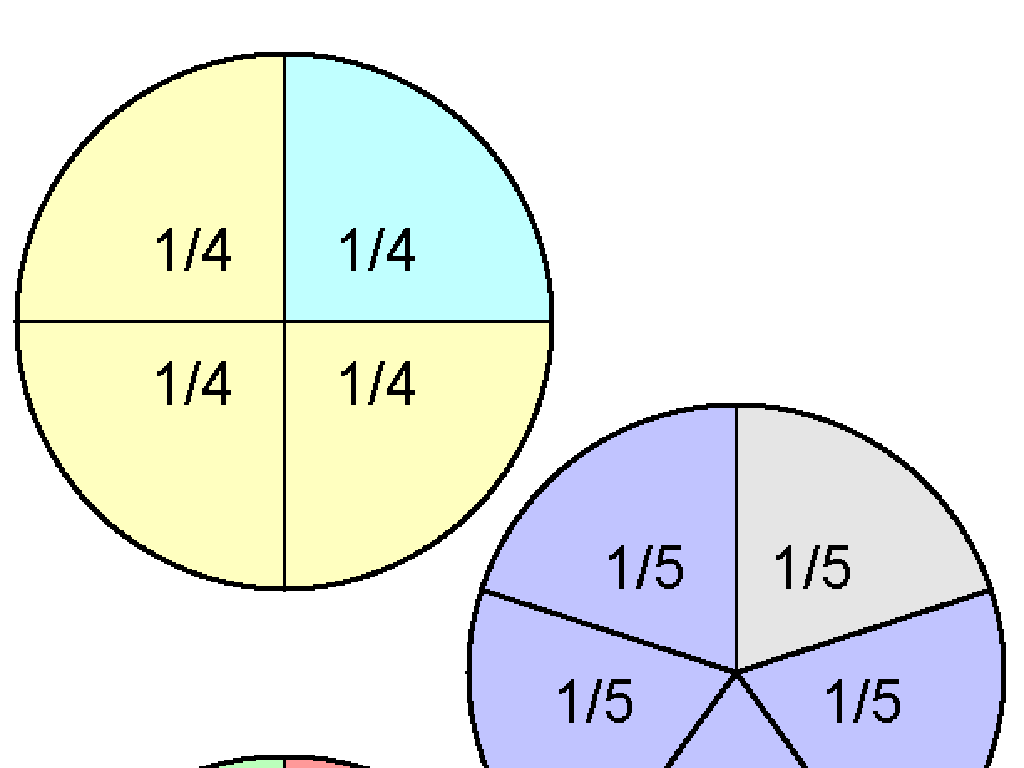Blending And Segmenting
Subject: Language arts
Grade: Pre-k
Topic: Rhyming
Please LOG IN to download the presentation. Access is available to registered users only.
View More Content
Welcome to Rhyming World!
– Greetings, little learners!
– What are rhyming words?
– Words that have the same ending sound, like ‘cat’ and ‘hat’.
– Blending sounds to rhyme
– Combining sounds to make words that rhyme.
– Segmenting sounds in rhymes
– Breaking down rhyming words into individual sounds.
|
This slide introduces Pre-k students to the concept of rhyming words, an essential part of phonological awareness in language arts. Start by greeting the students warmly to create an engaging learning environment. Explain that rhyming words are words that sound alike at the end, and provide simple examples. Demonstrate blending by slowly combining individual sounds to form a word, and then show segmenting by breaking a rhyming word down into its sounds. Use visual aids and gestures to help students understand. Plan interactive activities where students can practice blending and segmenting sounds to form rhymes, such as rhyming games or songs. This will help them develop their phonemic awareness, a critical skill for early reading development.
Let’s Learn About Rhyming!
– What does ‘rhyming’ mean?
– Rhyming words end with the same sounds.
– ‘Cat’ and ‘hat’ sound the same at the end!
– They both have the ‘-at’ sound.
– Words that sound like ‘dog’
– Can you find a word ending with ‘-og’?
– Practice finding rhymes
|
This slide introduces the concept of rhyming to Pre-k students. Start by explaining that rhyming words are words that have the same ending sound, which makes them sound similar. Use simple, familiar words like ‘cat’ and ‘hat’ to illustrate this concept. Encourage the children to think of other words that rhyme with ‘dog’ and share them with the class. This activity helps students develop phonemic awareness by blending and segmenting sounds, which is a foundational skill for reading. Make the session interactive by asking students to come up with their own rhyming words and praise their efforts to build confidence.
Blending Sounds Together
– Blending creates words
– Example: /c/ /a/ /t/ makes ‘cat’
– Say the sounds individually, then faster until they form the word ‘cat’.
– Practice blending with rhymes
– Find words that rhyme with ‘cat’ like ‘bat’ or ‘hat’ and blend the sounds.
– Let’s blend to make new words!
– We’ll blend sounds /b/ /a/ /t/ to say ‘bat’, and /h/ /a/ /t/ to say ‘hat’.
|
This slide introduces the concept of blending sounds to create words, which is a foundational skill in reading. Start by explaining that blending is like mixing colors to make a new one. Use the word ‘cat’ as an example, demonstrating how to say each sound separately and then blend them together quickly to form the word. Encourage the children to practice with you. Then, introduce the idea of creating new words that rhyme with ‘cat’ by blending different beginning sounds with the ‘-at’ ending. Provide guidance and be patient as they try blending sounds to form words like ‘bat’ and ‘hat’. Make this a fun and interactive activity by having the children suggest other beginning sounds to blend with ‘-at’.
Segmenting Sounds
– What is segmenting?
– It’s like chopping a word into pieces!
– Example: Breaking ‘hat’
– ‘hat’ becomes three sounds
– Sounds of ‘hat’: /h/ /a/ /t/
– Each letter has its own sound
– Let’s practice segmenting!
|
Segmenting is a foundational skill in phonics that helps children understand how words are constructed by breaking them down into individual sounds. For example, the word ‘hat’ can be segmented into the sounds /h/, /a/, and /t/. This slide will introduce the concept of segmenting and provide a clear example with the word ‘hat’. During the class, engage the children in segmenting the word together and encourage them to try with different words. Use visual aids like pictures or physical letters to help them associate sounds with letters. Make the activity interactive by clapping or tapping for each sound to keep the children engaged.
Matching Rhyming Words
– Rhyming words sound alike
– Listen to my word
– When I say ‘cat’, think of a word that sounds similar
– Find the word that rhymes
– If I say ‘log’, you might think of ‘dog’
– Let’s play a matching game!
|
This slide introduces the concept of rhyming to Pre-k students through an interactive matching game. Start by explaining that rhyming words have the same ending sounds. Demonstrate with a few examples, then say a word out loud and prompt the students to find its rhyming match from a selection of words you provide. This could be done with pictures or written words depending on their reading level. Encourage participation and make sure to celebrate correct matches to build confidence. The activity can be varied with different words or by having students come up to the board to match rhyming pairs.
Creating Our Own Rhymes
– It’s your turn to make rhymes
– Pick a word ending
– Like ‘at’, ‘an’, or ‘ip’
– Create rhyming words
– Hat, cat, sat, bat
– Share with the class
– Tell us your rhymes!
|
This slide is designed to engage Pre-k students in a fun and interactive rhyming activity. Encourage the children to choose a common word ending and think of as many words as they can that rhyme with it. This activity helps them understand the concept of rhyming and blending sounds. Provide examples of word endings and corresponding rhymes to get them started. During sharing time, prompt them to say their rhymes out loud, which will help with their pronunciation and confidence in speaking. Offer praise and gentle guidance to ensure a positive learning experience for all.
Rhyming Story Time
– Listen to a rhyming story
– We’ll enjoy a story filled with fun rhymes.
– Clap when you hear rhymes
– Clap your hands each time two words sound the same.
– Discuss the rhymes afterward
– We’ll talk about the rhyming words we found.
|
This activity is designed to help Pre-k students recognize and enjoy the sounds of rhyming words through an interactive story time. Choose a storybook that is rich in rhymes and read it aloud to the class. Encourage the children to listen carefully and clap their hands whenever they hear words that rhyme. This will help them develop phonological awareness. After the story, have a discussion about the rhyming words they heard and clapped for. Ask them to recall some of the rhymes and explain that words rhyme when they have the same ending sounds. This activity not only makes learning fun but also enhances their listening skills and prepares them for phonics learning.
Class Activity: Rhyme Time!
– Listen to the teacher’s word
– Find a rhyming object in the room
– If the word is ‘cat’, look for a ‘hat’ or a ‘mat’
– Pair up words with objects
– Count our rhyming pairs together
|
This interactive activity is designed to help Pre-k students understand the concept of rhyming by associating it with a fun and engaging game. Start by clearly pronouncing a word and then encourage the children to look around the room for an object that rhymes with that word. Assist them in making connections between the sounds of the words and the objects. As each child finds a rhyming object, pair the words up on the board. Keep the activity lively and praise their efforts to build confidence. At the end, count the number of rhyming pairs with the class to reinforce their learning. Possible words to use: ‘cat’, ‘bat’, ‘rat’; ‘dog’, ‘log’, ‘frog’; ‘bee’, ‘tree’, ‘knee’. Adapt the words according to the objects available in the classroom.

